The ASRock Z490 Taichi Motherboard Review: Punching LGA1200 Into Life
by Gavin Bonshor on May 27, 2020 9:00 AM ESTVisual Inspection
The ASRock Z490 Taichi is an ATX motherboard which encompasses its namesake as one of the most unique styled ranges on the market today. It follows the quintessential Taichi design, with a darker contrast from some of the first iterations from the X99 and Z270 days. On older Taichi models, it featured the majority of the design printed onto the PCB, but looking at the Z490 Taichi, it includes a contrasting design including copper, silver, and black colors. ASRock has included a large cogwheel embossed across its plastic PCIe slot armor and aluminium M.2 heatsinks, all set on an all-black PCB. For users looking to add to the Z490 Taichi's integrated RGB LEDs with two areas in the rear panel cover, one within the chipset heatsink, and another strip at the right-hand side, are two standard RGB and two ARGB LED headers.
Across the board is a plethora of expansion slots and features, including three-full length PCIe 3.0 slots which operate at x16, x8/x8, and x8/x8/+4, with a further two PCIe 3.0 x1 slots. Each of the full-length slots has ASRock Steel Slot protection for extra reinforcement and an added layer of protection when installing a large and heavy graphics card. In the top right-hand corner are four memory slots which include support for DDR4-4666, with capacities of up to 128 GB in total. This includes support for memory with XMP 2.0 profiles, as well as some qualified ECC UDIMM memory kits (best check the latest online QVL list to see which ones).
Located around the edge of the ASRock Z490 Taichi is a variety of front panel connectors including two USB 3.2 G1 headers which allow users to leverage a further four Type-A ports, while a single USB 3.2 G2 Type-C front panel header is also present. A total of two USB 2.0 headers which gives four extra ports, while the board also includes a Thunderbolt AIC 5-pin connector for users looking to add a TB3 add-in card to the system.
For cooling is eight 4-pin fan headers which are split between one dedicated to a CPU fan, one for an additional CPU fan or water pump, and six for regular chassis fans. At the bottom right-hand corner of the board are a two-digit LED Debugger, a power button, and a reset switch.
Around the PCIe slot area is three PCIe 3.0 x4 M.2 slots which are complemented with their own M.2 heatsink, with the top slot PCIe 4.0 enabled for support with Intel Rocket Lake when these new processors are launched. The top slot also has support for Intel Optane modules, while the bottom two PCIe 3.0 x4 M.2 slots also feature support for SATA based M.2 SSDs. The ASRock Z490 Taichi also features eight SATA ports, with six from the Z490 chipset which supports RAID 0, 1, 5, and 10 arrays, with the other two coming from the inclusion of an ASMedia ASM1061 SATA controller.
For the power delivery on the Z490 Taichi, ASRock has gone with a 12+2 phase design. The CPU section is using an Intersil ISL69269 with twelve Vishay SIC654 50 A power stages, with six ISL6617A doublers. For the SoC section, ASRock is using two Vishay SIC654 50 A power stages running from one ISL6617A doubler, which means the ASRock Z490 Aqua power delivery is running in a 6+1 configuration. This equates to a maximum CPU Core output of 600 A, which is more than capable for overclockers looking to push the new Intel Comet Lake desktop processors.
Cooling the power delivery is an L-shaped pair of heatsinks which are interconnected by a single heat pipe, with two cooling fans which are designed to push air over the fins of the heatsink for better heat dissipation. This solution looks deceptively light, but it does have bulk with large aluminium cooling fins, which are solid in construction. The fans only turn on at high VRM temperatures.
Looking at the onboard audio of the ASRock Z490 Taichi, it is using the commonly used premium Realtek ALC1220 HD audio codec. In terms of capacitors, it is using three gold Japanese audio capacitors, with four higher premium WIMA capacitors. There is some physical audio PCB separation from the rest of the board's components, and ASRock has included an ESS Sabre 9128 DAC which is designed to bolster the front panel audio. Covering the audio section is a plastic cover, which provides no isolation for the audio componentry, but it looks neater and fits more in with the overall design of the board.
On the rear panel is an impressive array of outputs and inputs, including a USB 3.2 G2 20 Gbps Type-C, two USB 3.2 G2 Type-A, and five USB 3.2 G1 Type-A ports. Powering the five 3.5 mm audio jacks and S/PDIF optical output is a Realtek ALC1220 HD audio codec, with an ESS Sabre 9218 DAC which bolsters the front panel header. It includes a BIOS Flashback button, with a PS/2 combo port and a pair of video outputs consisting of an HDMI, and a DisplayPort 1.4 output. For networking, ASRock includes a Realtek RTL8125BG 2.5 G and an Intel I219-V Gigabit Ethernet controller pairing, with an Intel AX201 Wi-Fi 6 wireless interface which has support for BT 5.1 devices. The rear panel also includes an integrated rear IO shield.
What's in The Box
Included with the ASRock Z490 Taichi accessories bundle is four SATA cables, three M.2 mounting screws, a Torx screwdriver for installing M.2 drives, as well as a manual, driver installation disc. It also includes two velcro cable ties, an NVIDIA SLI bridge, and the Intel AX201 Wi-Fi 6 wireless interface antenna.
- Installation manual
- Software installation manual
- Driver/Utility installation disc
- Four SATA cables
- Torx screwdriver
- Three M.2 screws
- Two Velcro cable ties
- ASRock postcard
- ASRock Sticker sheet
- Intel AX201 Wi-Fi 6 antenna


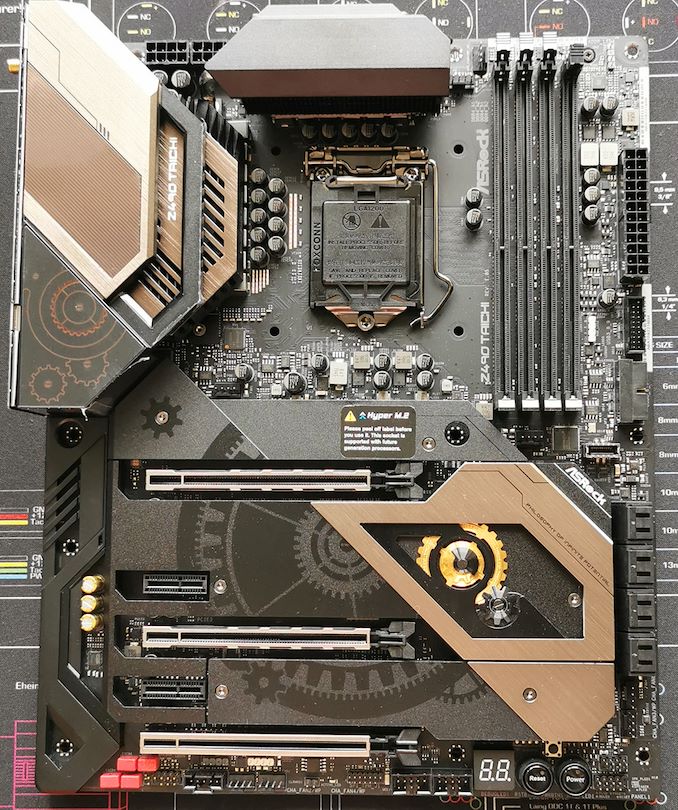
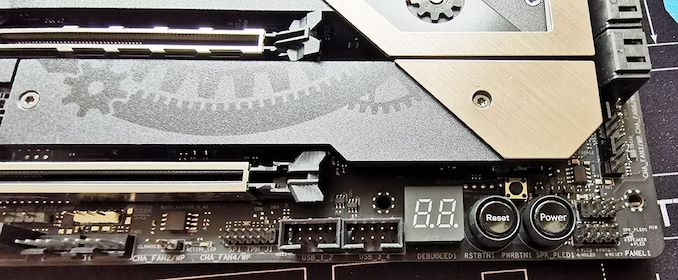
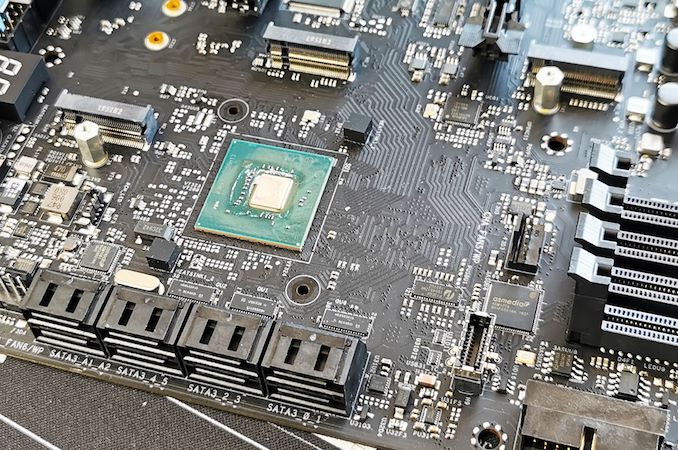
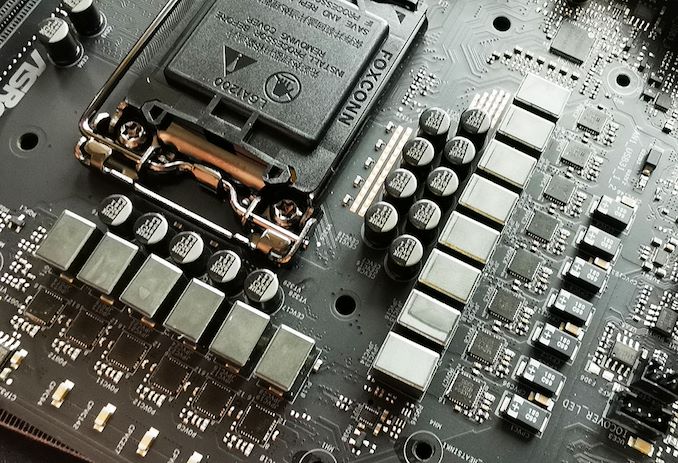
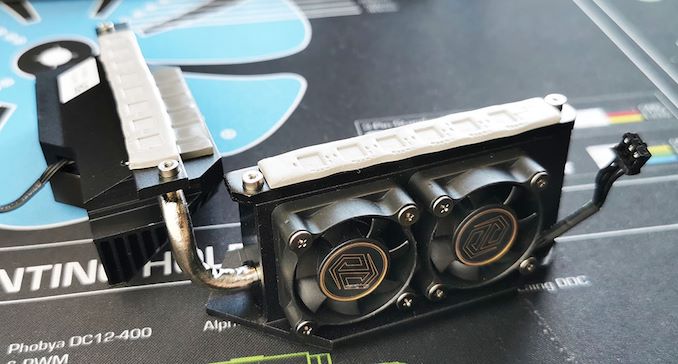
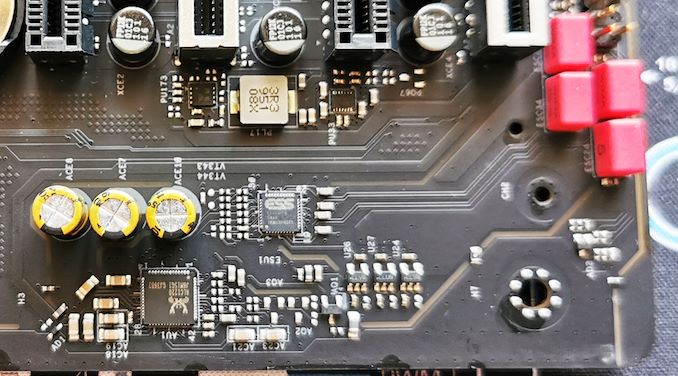

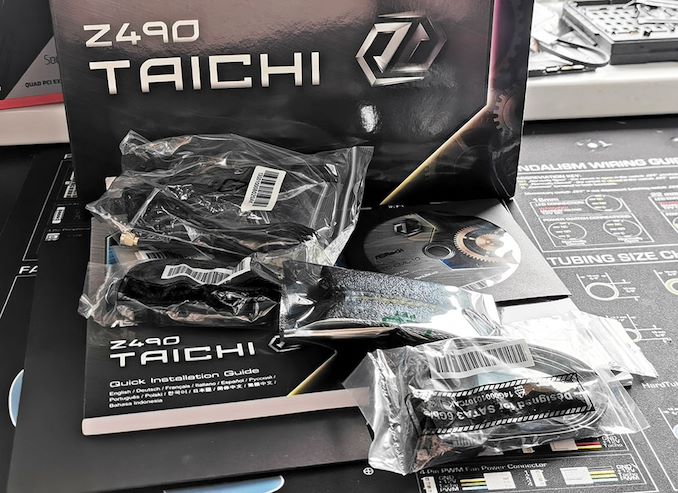








57 Comments
View All Comments
Peskarik - Thursday, May 28, 2020 - link
Big thanks for the explanation, BGentry.Samus - Thursday, May 28, 2020 - link
Asus is a large OEM manufacturer and just doesn't make anything interesting anymore. That isn't a bad thing, except for innovation.Ian Cutress - Wednesday, May 27, 2020 - link
ASUS defaults to Intel recommended settings for turbo and voltage, and gives users the option to increase these in line with ASUS recommendations to get the best performance. The other manufacturers simply operate with their recommended settings out of the box, hence longer and higher turbos.Note that Intel actually encourages vendors to set their own turbo length and turbo power - what Intel provides is recommendations, but as long as the MB vendors aren't actually overclocking the frequency, they don't particularly care.
We typically test with out-of-the-box settings, to give a sense of what performance that users without any knowledge of what a turbo power limit is should expect. Given ASUS' implementation, it means they fall down on this metric, which makes it appear if the board is worse. What we should have done in this case is posted both sets of numbers and specified the difference, which is our fault. How ASUS does their options is going to be the focus of our Hero review.
rahvin - Wednesday, May 27, 2020 - link
Thanks for the comment Ian. I always do my own setting so I never noticed this, I'm glad you brought it to attention.Peskarik - Thursday, May 28, 2020 - link
Thank you, Ian! I look forward to it. For my next system I would like ASUS board + card, just to be sure all drivers etc are in line, that is why I am looking at the performance of ASUS boards in particular.Byte - Wednesday, May 27, 2020 - link
I used to only buy Asus, but i keep hearing crappy things about their ROG lines. To get similar features cost almost double in the current ROG lines vs Giga or MSI.Seems like the lower Asus lines are ok. What are you guys experiencing?
khanikun - Tuesday, June 2, 2020 - link
I got away from Asus. I stuck with them for like 10 years, but in the later years, my Asus boards kept breaking. I swapped to their WS line, which worked for a while, but then it seems they turned crappy too. They'd die in 1 to 1 1/2 years. Maybe I'm just super unlucky with Asus. I just gave up on them and moved to Gigabyte.Kind of makes me wish Abit was still around and was like their old heyday in the early 2000s. I had a good like 6-7 year run on my old IC7-Max 3 board, until the caps started leaking.
PeachNCream - Wednesday, May 27, 2020 - link
Gotta love how the word "Taichi" totally matches well with the whole brass cogs and gears theme plastered all over the plastic coverings they use to hide the PCB for - well who knows what reason. PCBs in computers must be considered ugly or something. Next stop, PCB-free, RGB-equipped windowed desktop computers!!!Deicidium369 - Wednesday, May 27, 2020 - link
When Jobs started NeXT - even the motherboard went through the aesthetic department.I support removing polychlorinated biphenyls from desktop computers - almost as insidious as RGB Disco lights. Windows are for cars, boats, airplanes, houses and not for PC cases.
I rather like the look of printed circuit boards in PCs - and the idea that you have several billion precision manufactured features in every CPU.
YB1064 - Wednesday, May 27, 2020 - link
ASRock have come a long way. I used be an ABit guy before latching on to ASUS up until Haswell. I had the opportunity to get a great deal on ASRock's Supercarrier Z270 paired with a 7700K. Superb board, tons of features, stable and overclocks quite well (5.1 GHz all cores with no effort).I must say, I miss the glory days of overclocking, i.e. tweaking the hell out of a DFI NF4 + TCCD + BH5 and employing crazy sh!% like the OCZ DDR booster.